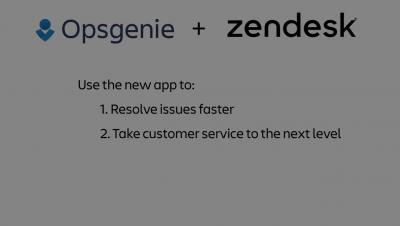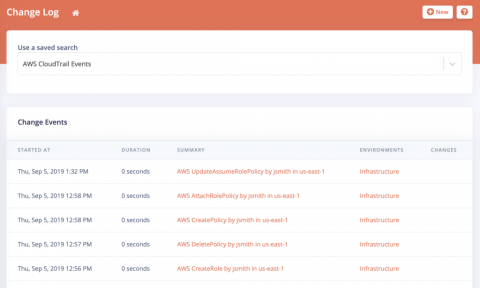September 2019 Update: Improved assigning of categories
Our September update improves the assignment of categories to Signl alerts, hence the enrichment and routing of alerts to the right people. Until now, a ‘Services & Systems’ category was assigned to a Signl alert, if at least one of the entered keywords was found in the event content or text delivered to SIGNL4 by email or webhook. This basically represents a logical ‘OR’ operator for this keywords search.











